US Vice President JD Vance embarked on a landmark four-day visit to India on April 21, 2025. This marks his first official trip to the country since taking office, and it carries a clear dual purpose: strengthening strategic bilateral relations while also exploring India’s rich cultural heritage. Accompanied by his wife, Usha Vance, and their three children, Ewan, Vivek, and Mirabel, the Vice President was warmly received at New Delhi’s Palam Airport. The visit underlines the growing importance of India–US relations in the 21st-century geopolitical landscape.
For the Indian government, welcoming a high-ranking US official is both a diplomatic honor and a reflection of India’s emerging global stature. JD Vance’s trip is seen as a step forward in enhancing mutual understanding and resolving pending issues, particularly those related to trade. As the United States’ trade conflict with China continues to influence global markets, India finds itself in a strategic position that could reshape international commerce and diplomacy.
A Cultural Welcome at Akshardham Temple
One of the first highlights of the Vice President’s visit was a family outing to Akshardham Temple, a renowned cultural and spiritual landmark in New Delhi. The visit was symbolic on multiple levels. It emphasized not just the personal connection through Usha Vance’s Indian heritage, but also the cultural diplomacy that helps humanize statecraft. As they walked the intricately carved halls of the temple, the Vance family were treated to the beauty and serenity of Indian spirituality.
Akshardham, which represents millennia of Indian art and tradition, was the perfect setting for such a culturally rich introduction to the country. The visit garnered widespread attention as it reflected a rare moment when high-level diplomatic visits intersect with authentic cultural engagement. For many in India, it was also an acknowledgment of the global admiration for the country’s heritage.
Bilateral Trade Talks: Key Focus of the Visit
While culture and heritage formed the softer side of the trip, the central agenda remained rooted in trade and economic policy. JD Vance’s scheduled meeting with Prime Minister Narendra Modi focused on developing a bilateral trade agreement. With global markets fluctuating due to increasing protectionist policies, especially from the United States toward China, India is emerging as a reliable and stable trade partner.
The talks aim to address longstanding issues including tariff barriers, digital economy cooperation, and supply chain resilience. In a joint effort, both countries have expressed the desire to finalize the first phase of a comprehensive trade deal by autumn 2025. This would represent a significant leap forward in commercial cooperation between two of the world’s largest democracies.
A Complex Trade Relationship Under Review
Despite the positivity surrounding the visit, India–US trade ties are not without complications. On April 2, India was subjected to a 26% tariff on selected exports to the United States. Although a 90-day suspension has been implemented to allow room for negotiation, Indian officials remain cautious. This underscores the complexity of balancing domestic interests while fostering open international markets.
India has, however, taken preemptive steps to ease trade tensions by reducing tariffs on a range of American products. Analysts believe this gesture could pave the way for more concessions from Washington. With JD Vance’s visit, momentum has built around the possibility of forming a “mega partnership,” a term previously used by Prime Minister Modi to describe the target of increasing bilateral trade to $500 billion.
India’s Trade Vision and Global Role
India’s economic strategy is increasingly global in outlook. Having surpassed the United Kingdom to become the world’s fifth-largest economy, India now seeks greater integration into global supply chains. This ambition is shared by the United States, which views India as a critical ally in building an alternative to Chinese-dominated trade routes and manufacturing ecosystems.
Vance’s discussions with Indian policymakers are likely to include proposals for joint infrastructure projects, digital services collaboration, and green technology investments. These efforts align with India’s own economic priorities, particularly its Make in India initiative and sustainability targets. Both countries have also shown interest in boosting cooperation in pharmaceuticals, renewable energy, and defense production.
Farmer Protests and Domestic Concerns in India
Even as trade talks advance, JD Vance’s visit has not been without its controversies. On the day of his arrival, India’s largest and oldest farmers’ union, the All India Kisan Sabha (AIKS), staged nationwide protests. Their primary concern is that increased trade liberalization could undercut local agricultural industries, particularly the dairy sector.
According to AIKS leaders, any new agreement that opens the Indian market to more US agricultural imports could threaten the livelihoods of millions of small and marginal farmers. These protests serve as a reminder that international diplomacy must remain sensitive to domestic realities. For India, the balancing act involves welcoming foreign investment while protecting grassroots economic interests.
Cultural Exchange: A Soft Power Moment
Usha Vance’s Indian heritage brought a unique dimension to this diplomatic trip. Her engagement with Indian traditions, combined with her family’s participation in religious and cultural activities, emphasized the human side of diplomacy. It resonated deeply with the Indian public, especially in showcasing the shared values and mutual respect that underpin India–US relations.
Cultural diplomacy, often overlooked in policy circles, proved to be a valuable tool in reinforcing trust between nations. The Akshardham visit, widely covered in both Indian and American media, stood out as a moment of genuine cultural appreciation rather than mere protocol. It also highlighted India’s role as a beacon of spiritual and civilizational wisdom on the world stage.
From Symbolism to Substance
As JD Vance’s India visit progresses, the global community watches closely. The next steps in India–US trade negotiations could shape economic policies far beyond South Asia. With an eye on a changing world order, the United States appears eager to deepen its engagement with democratic partners like India. In return, India hopes to translate symbolic gestures into tangible outcomes that benefit its economy and its people.
The visit is also a reminder of India’s evolving place in global diplomacy. No longer merely a regional player, India is asserting its role as a bridge between developed and developing worlds. With its cultural richness, economic potential, and strategic location, India is well-positioned to lead conversations that matter globally.
Strengthening Ties Through Dialogue and Understanding
JD Vance’s official visit to India reflects a growing convergence of economic interests, political values, and cultural respect between the two nations. While the path to a full-fledged trade deal remains complex and multi-layered, the intent and optimism on both sides are unmistakable. The warmth of the welcome, the depth of the discussions, and the cultural richness of the experience all point toward a future where India and the United States grow not just as trading partners, but as true global collaborators.
As the visit draws to a close, its legacy may be defined not only by policy outcomes but by the spirit of openness, respect, and mutual aspiration that characterized every moment. In that spirit, India continues to present itself as a confident, forward-looking nation ready to engage with the world on its own terms.


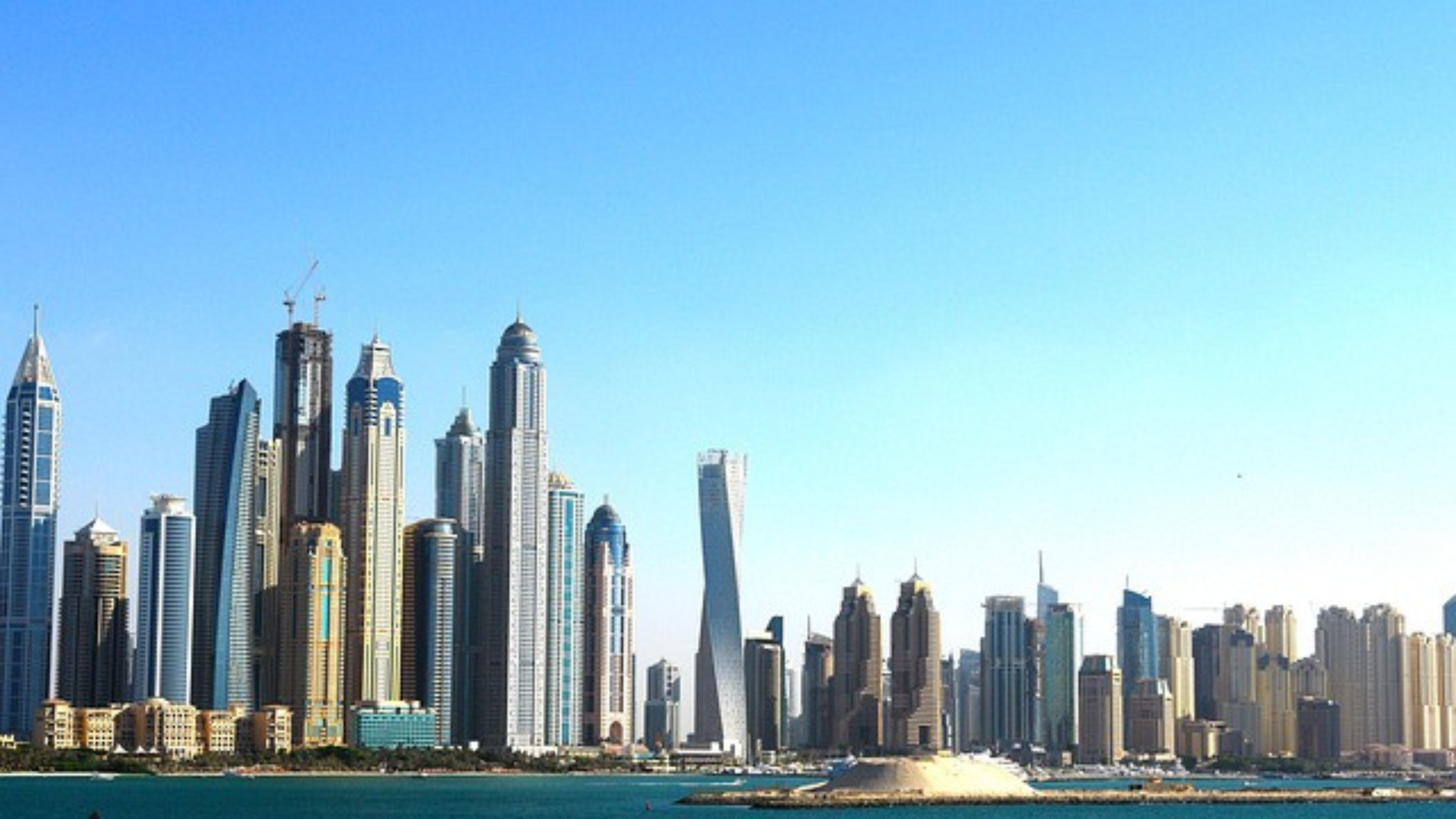

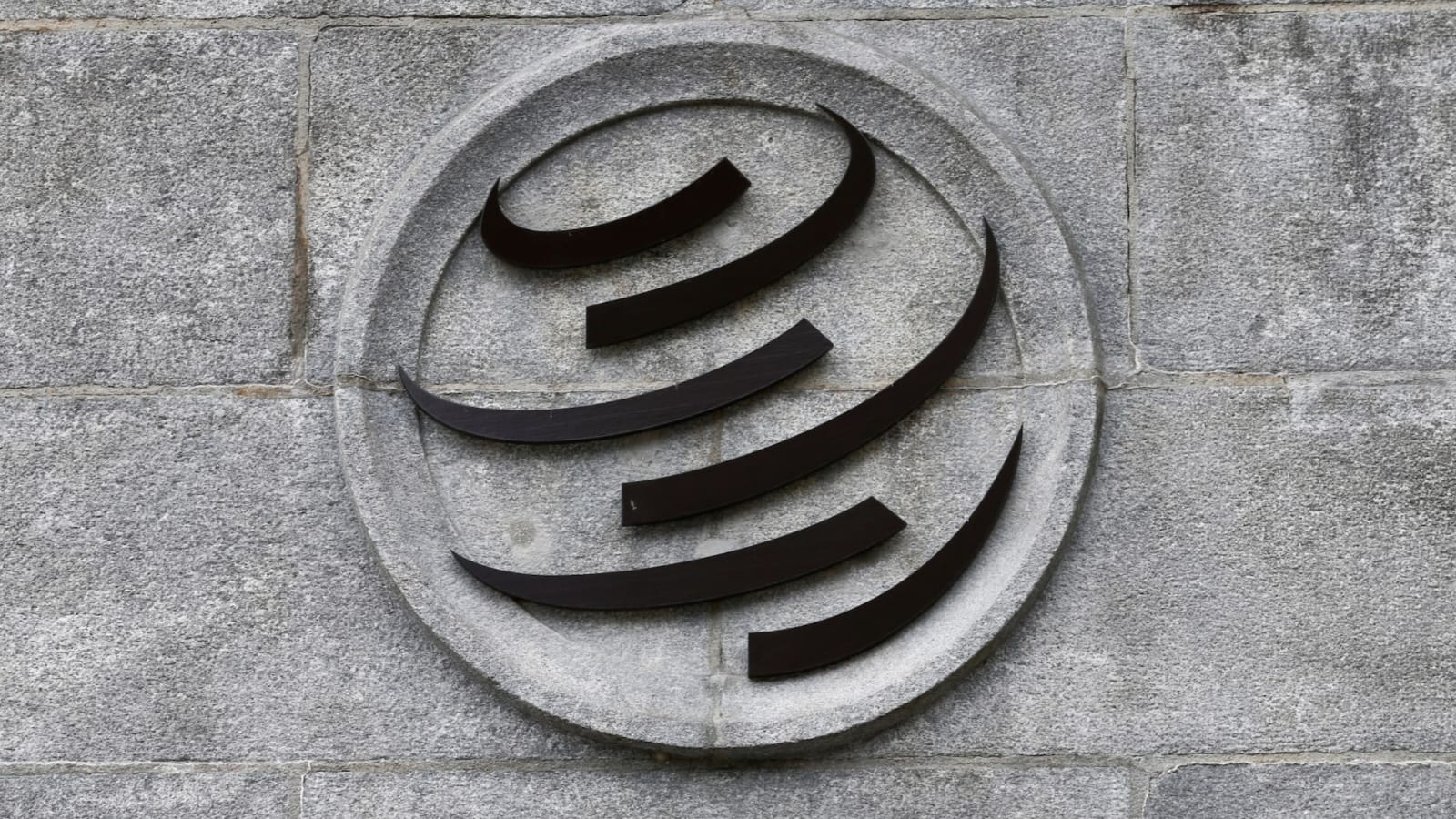
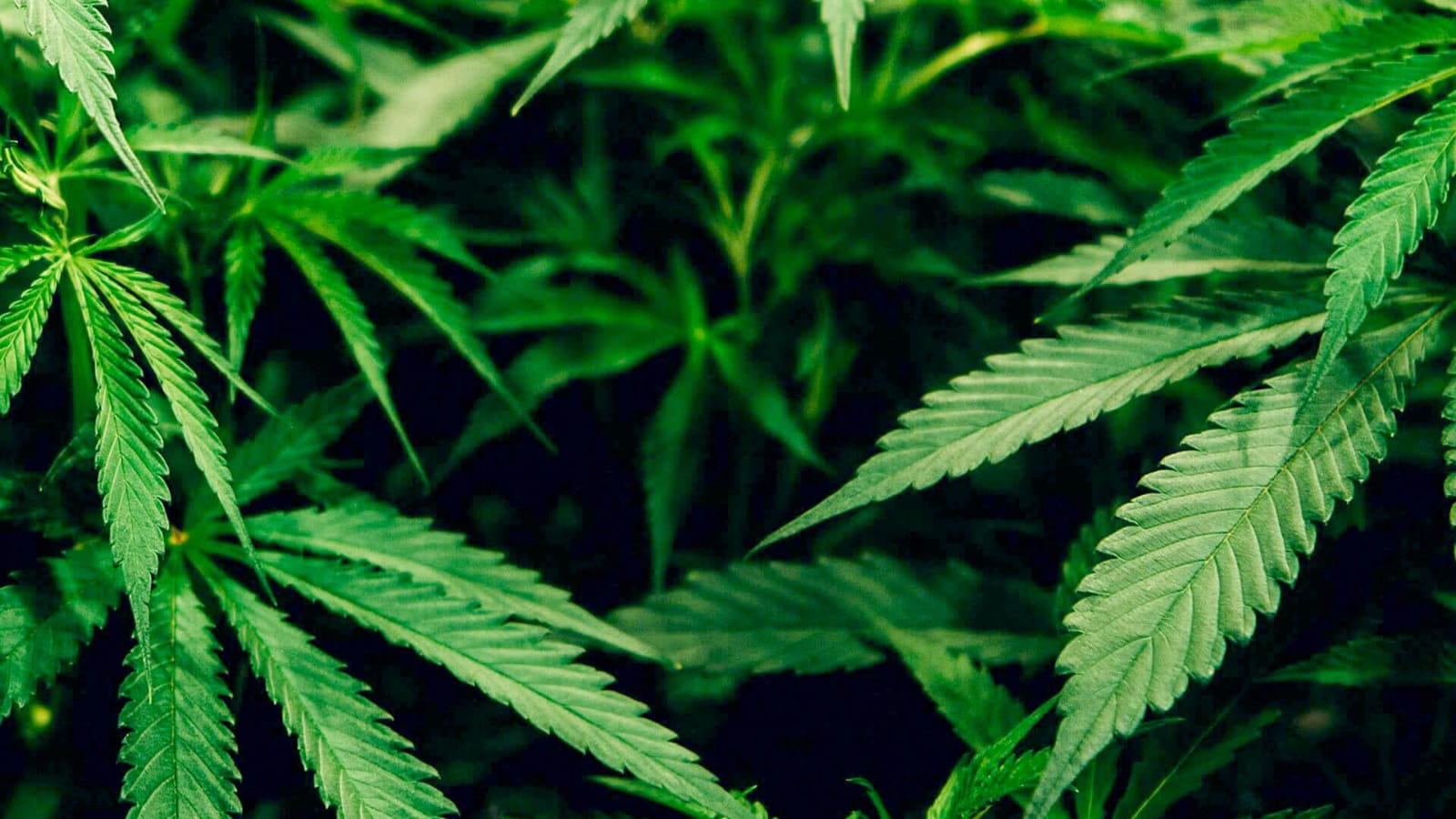
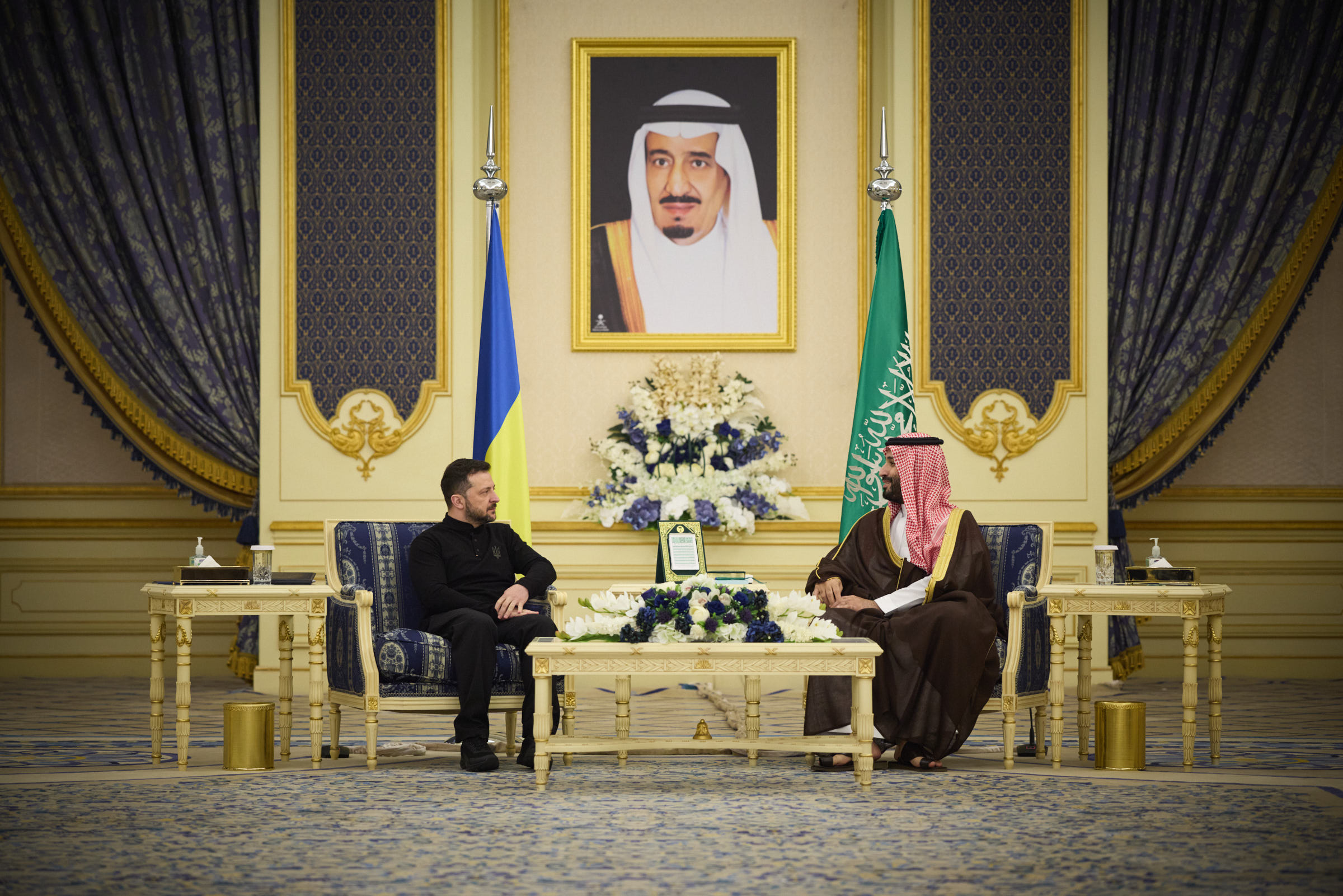
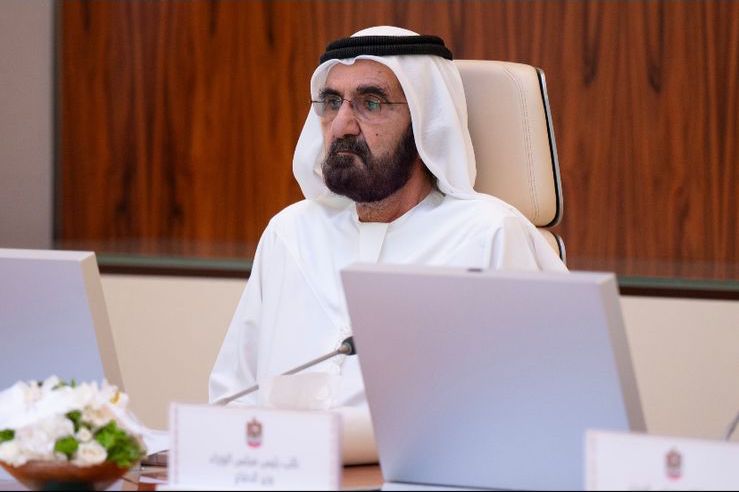
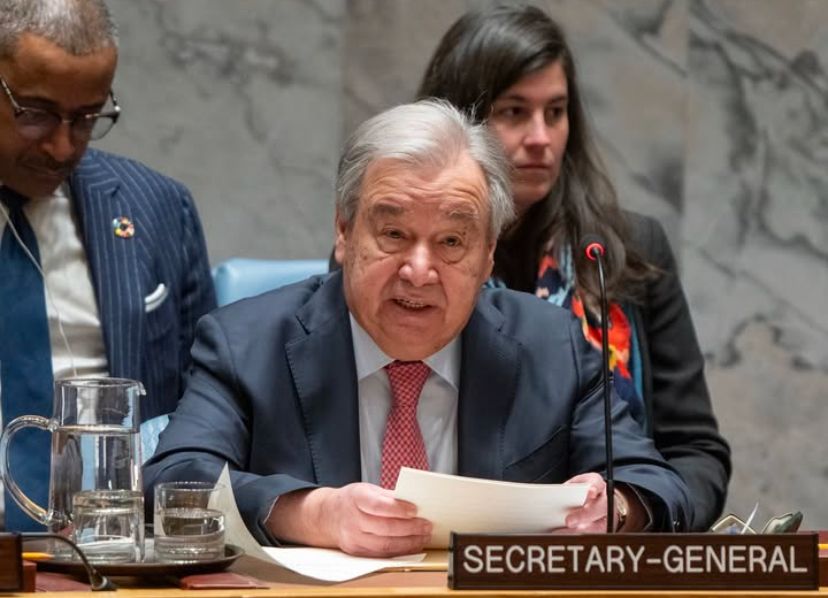
1 Comment
[…] Recent discussions between Indian Prime Minister Narendra Modi and U.S. Vice President JD Vance signal significant strides in ongoing trade negotiations between the two countries. These talks […]
Comments are closed.